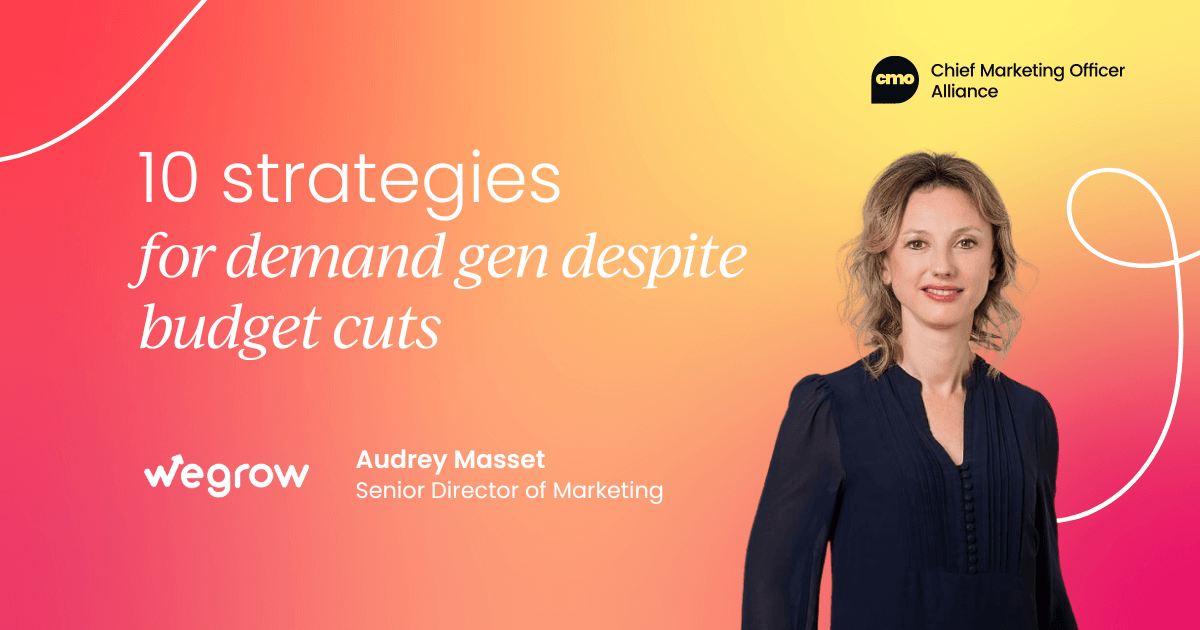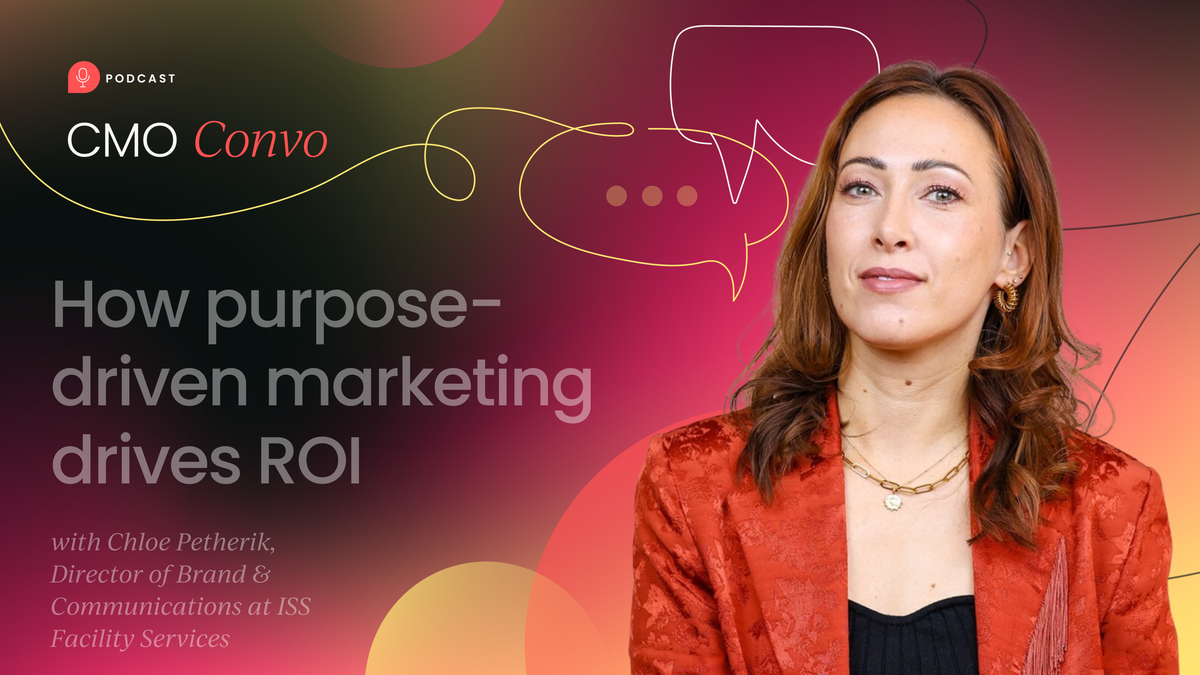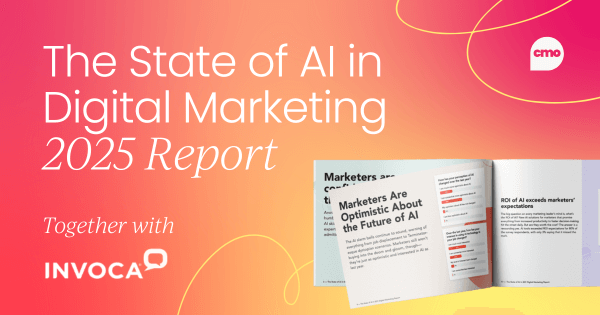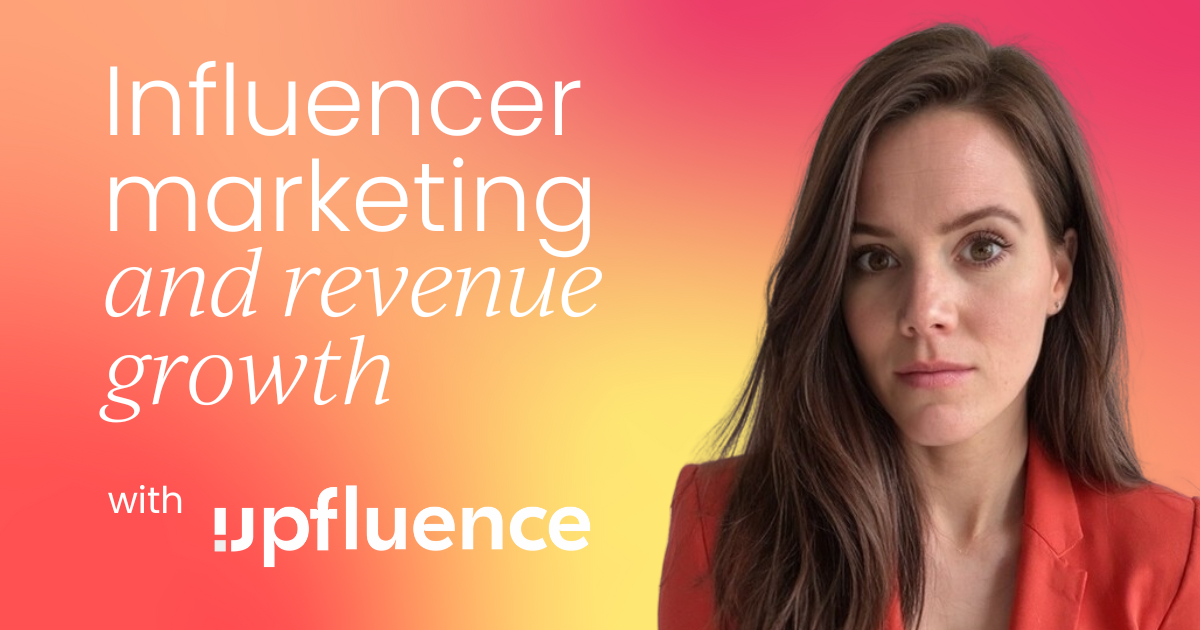Seasonality is a defining force in the world of business-to-consumer (B2C) marketing, shaping consumer behaviors, buying patterns, and ultimately, the revenue models of brands across industries.
From the US to the Middle East, seasonal events are pivotal to marketing strategies, yet over-reliance on these periods can cause brands to lose momentum during the off-seasons.
To avoid this trap, businesses must learn how to continuously engage with customers throughout the year by leveraging creativity, data, and a deep understanding of consumer habits.
In this comprehensive guide, we’ll break down the intricacies of seasonality in B2C marketing, explore how brands in different regions like the US and the Middle East handle it, and provide actionable strategies for marketers looking to thrive year-round.
The essence of seasonality in B2C marketing
Seasonality in marketing refers to the fluctuations in consumer demand and behavior that occur at specific times of the year.
These fluctuations can stem from a variety of factors including holidays, cultural events, weather changes, or even economic shifts. Businesses often tailor their strategies around these seasonal peaks to maximize sales.
The challenge, however, is managing these cyclical peaks while ensuring that brand relevance and consumer engagement are maintained during quieter times.
The balancing act between capitalizing on seasonality while avoiding its potential pitfalls is an essential skill for modern marketers.

Western marketing peaks and valleys
In the West, seasonality is deeply intertwined with cultural celebrations, national holidays, and consumer rituals. Some of the most significant seasonal events in countries like the United States and Europe include:
- Black Friday & Cyber Monday: These shopping holidays have become monumental, with brands like Amazon, Best Buy, and Macy's offering significant discounts that trigger massive consumer spending. For some retailers, Black Friday and the days following it account for up to 30% of their annual revenue. This peak period sets the tone for the rest of the holiday season.
- Christmas & New Year: Another key seasonal event, Christmas in the West represents not only a time for family and celebration but also an opportunity for brands to align their messaging with the spirit of gifting. It’s the prime season for retail, with fashion, electronics, and toys experiencing a major sales surge.
- Summer sales: Many Western retailers experience a summer lull but counterbalance it with mid-year sales and promotions. This is particularly common in fashion, where brands introduce their summer collections at discounted prices.
However, there’s more to these peaks than just holiday sales. Brands that innovate beyond traditional holiday marketing often see sustained growth.
For example, Starbucks did not rely solely on the holiday season for its iconic Pumpkin Spice Latte; it managed to make it a seasonal event that sparked anticipation months ahead of time, leading to consumer excitement long before the actual season began.
Middle Eastern marketing peaks and valleys
The Middle East, while embracing global festivities like Christmas, has its own set of unique seasonal peaks that reflect its cultural and religious fabric. Key events in the region include:
- Ramadan and Eid: Ramadan holds a unique place in Middle Eastern markets. The holy month, followed by Eid celebrations, drives consumerism, with brands often launching special promotions and products tailored to family values and the spirit of giving. For instance, telecom companies and FMCGs focus their marketing efforts on time-sensitive offers that cater to the Ramadan schedule. During Eid, retailers like Majid Al Futtaim's Carrefour supermarkets or Dubai Mall stores witness immense foot traffic as people buy gifts and festive goods.
- Back-to-school period: As in the West, the back-to-school period is crucial in the Middle East, especially for FMCG brands, fashion retailers, and educational tech companies. Brands like Carrefour, as well as apparel chains, cater to this spike by offering discounts on stationery, uniforms, and tech gear for students.
- Hajj and winter holidays: Airlines, hotels, and travel-related companies see massive spikes during the Hajj pilgrimage and the winter holidays. During these times, travel giants like Emirates and Saudia, as well as luxury hotels across cities like Dubai and Riyadh, are fully booked. However, the winter months are crucial for maintaining year-round relevance, and these brands also offer loyalty programs to ensure they aren’t solely reliant on peak seasons.
Middle Eastern brands like Majid Al Futtaim have been successful in diversifying their year-round offerings.
For example, in the off-peak summer months, they host indoor events and entertainment shows that attract families looking for a break from the sweltering heat. This adaptability allows them to keep foot traffic high, even during traditionally slow periods.

Industry examples of thriving during off-season
Some industries have effectively found ways to mitigate the effects of seasonality by creating a diversified set of products, services, or campaigns that appeal year-round.
Here are some industries that have mastered the art of thriving in the off-season:
Travel and tourism
- Airbnb has effectively navigated seasonality by diversifying its offerings, from weekend getaways to unique, off-the-beaten-path destinations. By focusing on experiential travel—such as local food tours or countryside retreats—they’ve reduced reliance on peak holiday seasons, keeping their customers engaged throughout the year.
- Car rentals like Hertz and Enterprise see huge spikes in the summer, but they also cater to business travelers and weekend getaways throughout the year. During the off-season, car rental services increasingly offer subscription models or hourly rentals to adapt to changing consumer behaviors.
Fashion
- Fashion brands like Zara have disrupted the traditional retail cycle by offering fast fashion that isn’t strictly tied to seasonal drops. By introducing new collections frequently and offering online exclusives, they engage customers year-round, rather than only during holiday or sale seasons.
- In the Middle East, fashion retailers, especially those focusing on abaya and traditional clothing, often capitalize on Ramadan and Eid, but also host exclusive post-Eid sales or offer discounts to maintain customer interest.
Fitness and health
- Fitness brands and gyms face seasonality, particularly post-holiday when people sign up for resolutions but drop off after a few months. However, brands like Nike and Lululemon engage customers by not only focusing on product offerings but also through community engagement—holding fitness classes, partnerships with influencers, or launching campaigns like “Run a Marathon Month.”
Consumer goods and retail
- In the consumer goods space, companies like Procter & Gamble or Coca-Cola adapt by diversifying their product lines to suit different needs throughout the year. For example, Coca-Cola is seen as a summer drink, but the company continually introduces new variants, such as Coca-Cola Zero, to keep their offerings fresh year-round.
- In the Middle East, FMCG brands tap into different cultural events, using localized packaging and personalized messaging. For example, during Ramadan, many FMCGs create campaigns around food sharing and gifting, which extends the relevance of their products beyond just the festive days.

Recommendations for marketers navigating seasonality
To maintain relevance and engagement with customers during both high and low seasons, here are some actionable strategies:
- Diversify product offering: Instead of focusing solely on seasonal products, brands should consider offering items that appeal to different consumer needs. This can include launching limited-time products or creating packages that address off-peak demand.
- Leverage data and consumer insights: Use data to understand the shifting needs of your customers. With the rise of remote work, for example, there’s increased demand for local travel, flexible accommodation options, and digital services. Brands that can cater to these changing habits will thrive year-round.
- Create a continuous content strategy: Content is king, and brands should build campaigns that sustain year-round engagement. Instead of focusing only on big seasonal campaigns, aim for content that resonates with consumers' values and lifestyle. This could be through educational content, community-driven initiatives, or influencer partnerships that keep the conversation going.
- Be agile with promotions: Avoid heavy reliance on just one or two major sales periods. Run smaller, targeted promotions during quieter periods. Flash sales, limited-time offers, or exclusive discounts for loyalty program members can create excitement and demand, even when the broader market is slower.
The future of seasonality in B2C marketing
As consumer habits continue to evolve, seasonality in B2C marketing will become more dynamic. The digital transformation will play a major role in breaking down traditional seasonal patterns.
With advancements in AI, personalized marketing, and social media, brands will be able to anticipate demand shifts far in advance and engage customers year-round with hyper-targeted messaging.
Sustainability and conscious consumerism are expected to be key drivers. As consumers grow increasingly concerned with ethical choices, brands that align their seasonal marketing strategies with social responsibility will be better positioned to thrive.
For instance, eco-friendly fashion brands could align their sales periods with Earth Day or sustainability-focused events to boost year-round relevance.
Final thought
Seasonality will always play a significant role in shaping B2C marketing. However, the smartest brands will be the ones that don’t wait for peaks to drive their success.
Instead, they’ll build sustainable strategies that allow them to engage customers year-round, ensuring that they don’t just survive in the off-seasons but continue to thrive regardless of the time of year.
By staying innovative, data-driven, and deeply connected to consumer needs, marketers can redefine the very concept of seasonality, making it just one element of a broader, more resilient strategy.
About the author
Dr. Islam Gouda is a young professional with a passion for marketing. Dr. Gouda has an honorary doctorate from the University of California in Strategic Marketing. He also has a master's degree from Florida State University and an American University of Sharjah graduate in Marketing and Management.
Dr. Gouda has marketing-focused business experience with a strong analytical ability to use available market data for strategic marketing, business development, and product development purposes along with the identification of new business opportunities and measurement of ROI.
Dr. Gouda's specialties include leadership and communications skills with the ability to adapt to a wide variety of cultures and to manage and work as part of cross-functional teams.
Grab your copy of The State of AI in Marketing 2025 report to discover whether AI is meeting or missing its ROI expectations for B2C marketing teams, what the future of AI in marketing looks like, and more.







.png)









 Follow us on LinkedIn
Follow us on LinkedIn








